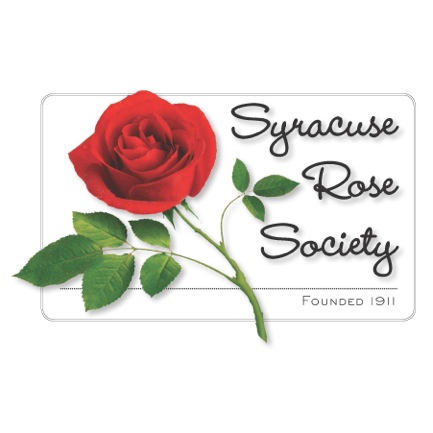|
After the long winter we are all eager and ready for the upcoming rose growing season! Have you resolved that this year your
roses will be better than ever? Be ready to provide wise and timely rose care, and they will be!
April is the month we “open up” our rose gardens in Central New York. The exact day we begin depends
entirely on the vagaries of the weather. “Teaser days” and spring fever are upon us, and we are all anxious to
get out in the garden and get the roses growing and blooming. Remember, opening up the garden is a gradual process over a
period of 10 to 21 days. Regrettably, “teaser days” may soon be followed by 20 degree nights; and, if we remove
all of our winter protection at once, we risk having all surviving canes frozen down to ground level.
Plants are better indicators of when spring has arrived (and is here to stay) than the weather forecast. Use the forsythia
bush in your, or the neighbor’s, yard as a guide to when to commence your activity. At the first sign of the buds swelling
and yellow color appearing, we start. For those without forsythia in the neighborhood, the guide is to begin when the first
leaves on the lilacs are as big as “mouse ears.”
Unhilling: As the first yellow appears on the forsythia blooms, we “mound builders” can now remove the uppermost
half of our winter protection. Those who use rose cones can remove the cone but leave any mounding material in place. When
the forsythia bloom peaks 5-7 days later, it should be safe to remove the remaining protective mound.
Pruning back: Once the winter protection has been removed, we can prune the bush. Generally speaking, rosarians who use
rose cones will find almost all canes to be alive; soil-mounders will find the canes to be alive to the height of the mound;
and those who didn’t apply any winter protection will be searching for live wood down the bud union (graft). We should
prune to an outward-facing bud. Live wood will have firm, creamy white pith. Dead or diseased canes should be pruned beneath
any evidence of lesion or removed completely. In our climate we usually try to keep any wood that is alive, but exhibitors
will prune to three to four canes. [Ed. Note: See diagram on Rose Tips.]
Protecting: With the winter protection removed and the canes pruned back to live wood, we can begin to protect the plants
from disease. If the bud eyes are swollen but not yet leafed out, we could begin our season-long spray program with lime-sulfur
to prevent fungus disease. If leaves have appeared the first application should be with a fungicide.
Feeding: Around May 1 we are ready to give the first application of fertilizer. If you’re using “rose food”,
apply the amount as directed on the label. If you’re using generic garden fertilizer (5-10-5, 10-10-10, etc.), apply
a generic handful. May rosarians may want to use Ortho “Systemic Food and Flower Care” which is a combination
fertilizer and systemic insecticide. Scratch fertilizers into the soil surface and water in.
Fine Points: Clean up the garden—remove any of last year’s rose leaves and pruning stubs. Pull weeds when found.
Resolve that this year you will keep a regular 7 to 10 day spray schedule to prevent fungus diseases. ALWAYS use insecticides/fungicides
at the application rate recommended on the label. Start a journal of your rose gardening activities. Record what you did,
on what date, and in what quantity. Practice wise rose care!
|
